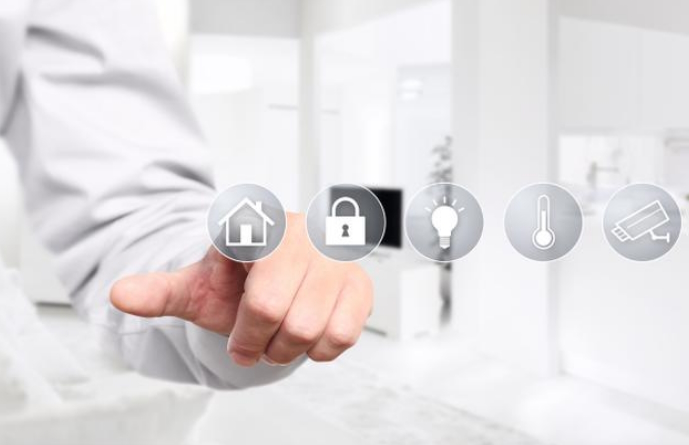Types of Home Automation Systems

Introduction To Home Automation
Home automation is a rapidly growing sector in the consumer technology market. It is an exciting development that enables people to control their home appliances, lighting, heating and air-conditioning systems from anywhere with a smartphone or internet-enabled device. Home automation can provide convenience and energy savings, as well as added security for your home. With a variety of systems available, it is easy to customize your home automation setup to suit your individual needs and budget. This introduction will provide an overview of what home automation is and some of the benefits it offers.
Types of Home Automation Systems
Home Automation Melbourne systems have become increasingly popular over the last few years, allowing homeowners to maximize convenience and efficiency while minimizing their energy consumption. There are two main types of home automation systems: wired and wireless. In this article, we will discuss the differences between these two types of systems and how they can be used to automate your home. Other than this system, a stone bathtub is another way to make your home cozy and zen style
Wired Home Automation Systems
Wired home automation systems are the most common type of system available, as they are easy to install and require minimal maintenance. Wired systems use electrical wiring that is connected directly to each component in the system, such as lights or appliances. This type of system offers greater control over all aspects of your home’s setup; however, it does require more time for installation due to the wiring necessary for each component. Additionally, wired systems tend to be more expensive than wireless ones because of their complexity and need for professional installation services.
Wireless Home Automation Systems
On the other hand, wireless home automation systems rely on radio-frequency signals instead of electrical wires for communication between components within a single location or among multiple locations in a networked setup. This makes them easier to install since no wiring is needed; however, they don’t offer as much control over individual components.
Popular Home Automation Devices and Components
Home automation is a rapidly growing industry, offering homeowners the ability to control and manage their home systems from one central location. Home automation devices and components are designed to provide convenience, make life easier, and save energy. Popular home automation devices include lighting control systems, security cameras and sensors, smart locks and doorbells, thermostats, smart plugs and switches.
- Lighting Control Systems - Lighting control systems allow users to easily adjust the brightness of their lights with the touch of a button or voice command. Lighting can be adjusted based on the time of day or activity level in the room so that users only have as much light as they need at any given point in time. This helps conserve energy while still providing enough illumination for tasks like cooking or reading.
- Security Cameras & Sensors - Security camera systems are an essential component of home automation as they allow homeowners to keep an eye on their property even when they’re away from home. Motion sensors can also be used to detect intruders before they enter a property while door/window sensors will alert users if someone attempts to open an entryway without permission.
Challenges with Installing Home Automation Systems
Home automation systems have become increasingly popular in recent years as they allow homeowners to control their home’s temperature, lighting, and security with the touch of a button. But while these systems offer the convenience of modern living, they also come with some challenges when it comes to installation.
The first challenge is cost. Home automation systems are expensive and may not be within the budget of many homeowners. Additionally, installation costs for wiring can add up quickly as well. Furthermore, the complexity of the system itself can also make installation more difficult than anticipated. Many home automation systems require technical expertise for proper setup and wiring which could mean additional costs for professional assistance or time spent learning how to install it on your own.
Conclusion
Home automation is an exciting new technology that can have a major impact on the way we live. It allows us to control our home environment and make it more comfortable, efficient, and secure. With the right setup, home automation can be a great way to save time and money while making our lives easier. Home automation also makes it possible for us to access our homes remotely, giving us peace of mind when we are away from home or just want to check in on things. The future of home automation is filled with potential, as technology continues to advance and become more accessible for everyone.








